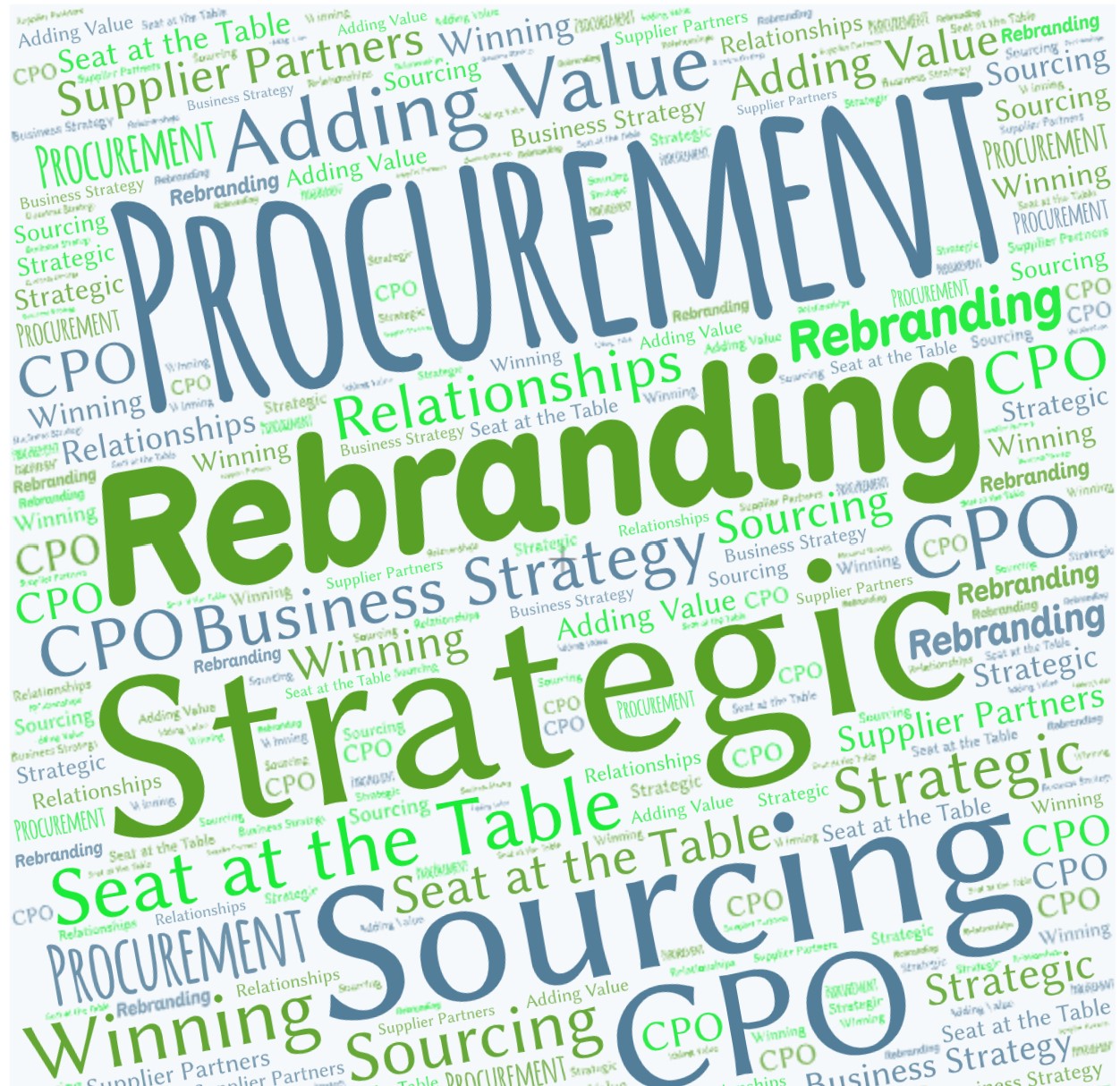Many moons ago, I used to work in “purchasing” for an industrial plastics manufacturer. I remember hating that term, and because I worked with direct materials in a factory, my boss changed my title to materials planning analyst. I liked that better. Purchasing was so transactional and seemed so clerical to me. Although an important function, I did not want to be in purchasing.
Soon after, I started my career in Supply Chain Planning in the CPG industry, and I loved it! Planning was so exciting and seemed so much more strategic. They were the conductor of the orchestra, and led the cross-functional work team and took the S&OP plan and turned it into a demand and supply plan.
But I couldn’t stay in planning. To advance my career, I had to try another supply chain vertical to build a breadth of knowledge and experience. In the late 1990s early 2000s, purchasing was going through a metamorphosis, and it became known as supply management. Businesses going through the change wanted more of a business approach to purchasing. My company, at the time, wished to have people with finance and planning backgrounds to work in supply management. I agreed to make a move to supply management, doing strategic sourcing for rigid and flexible packaging. Supply management had much more cache and appeal than purchasing. Here’s the thing. My title was Business Team Manager. The role involved partnering the business, doing extensive analysis, cost and price modeling, cost breakdowns of all the elements of materials, conversion, freight, duties, tariffs. I understood every aspect of the landed cost, having worked closely with AT Kearney. I became intimate with the 7-Step Strategic Sourcing Process. This role started my love of working with suppliers and creating partnerships. I found it interesting that neither purchasing, supply management, or procurement were in my title. I believe this was a more accurate reflection of the role I was doing in those days. I was doing so much more than buying.
Twenty years ago, we understood that ‘supply management’ was about managing an end-to-end business process. It was in the late 2000s that my company transitioned from supply management to procurement, taking a much more global and strategic approach with supplier partners. We wanted to optimize our organizational spend and shift to a “manage globally, implement locally” approach. The focus was on more significant, more strategic supplier relationships where we could co-create and co-innovate and share in the growth and prosperity delivered through these winning partnerships. This approach allowed the suppliers to have much more influence and forced customers to behave more equitably, displaying the features of a customer of choice. It was about partnerships.
Let’s be realistic. Cost savings always need to feature in a supplier/customer relationship. But this new model of working in procurement, where suppliers have a seat at the table with a transparent, open book approach was unlocking value in a new way. Through the work of procurement professionals, suppliers were talking directly with business and brand owners. Suppliers were now helping drive innovation and were growing the top line AND the bottom line along the entire value chain.
Because so much of procurement’s remit touches every element of the enterprise, a repositioning is necessary. So much has been said about procurement needing to rebrand and change their name to reflect better what they do. I submit that it isn’t necessarily a new name that is necessary but a new recognition of the value procurement brings. The supply chain had long ago built a reputation for the value they bring to the business. Supply chain excellence brings a competitive advantage to a company. Chief Supply Chain Officers (CSCO) now sit on boards and have an equal voice in the C-Suite. Procurement is now also bringing a competitive advantage to companies.
Procurement is now equally positioned to influence business strategy. I dare say that with 50% or more of the spend on indirect purchases, Procurement services touch so much more than the supply chain. With the procurement of such things as marketing services, HR, technology, corporate travel, and so many other spend categories, the CPO deserves a seat at the board table alongside the CSCO, not reporting to the CSCO, as is the case in many organizations. Based on the scope and breadth of responsibility, the CPO should report directly to the CEO or COO. As companies begin to reimagine their supply chains in a post-COVID world, procurement becomes front and center in any resilience strategy, whether it involves on-shoring, re-shoring, or off-shoring to other parts of the world. Procurement services are an essential element of the overall business strategy. Let’s make them part of the C-Suite.
For too long, procurement has been the bridesmaid. It is high time they are the Bride!


1 thought on “Procurement Is No Longer the Bridesmaid, They Are the Bride!”
Comments are closed.